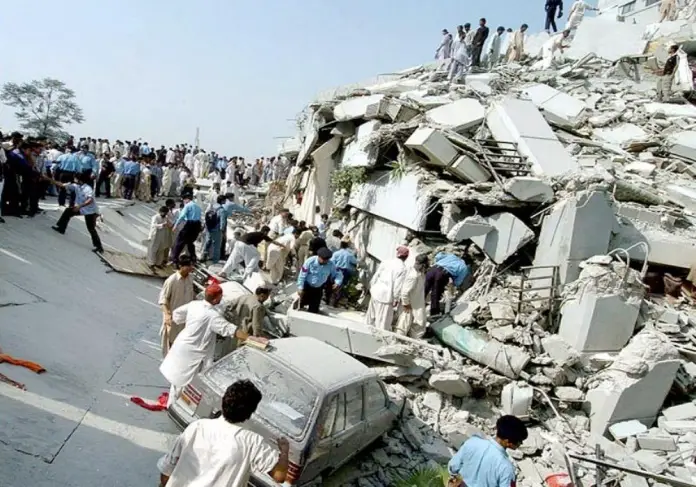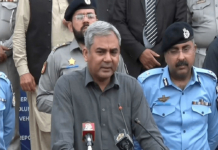Though 24 years have passed, the wounds inflicted by the devastating cyclone on the coastal population of Thatta, Sujawal, and Badin districts are still fresh. The cyclone caused irreparable losses to the population of the Thatta, Sujawal, and Badin districts’ coastline. As many as 6500 people belonging to the coastal villages of three districts who had gone fishing in the high seas went missing and most of them were believed to be dead.
The date 19 May 1999 turned out to be the most horrific and awful for the fisherfolk of the coastal areas of district Thatta and Sujawal, who were battered by a cyclone that devastated almost everything across the coastal region. This calamity is widely remembered for changing the demographic and environmental features of the coastal areas of the country, mainly the coastline of Sindh province. Before this devastating event, the people of the Jati coastline were well-settled, financially stable, and happy, with fishing, agriculture, and livestock being their source of income but the OA2 cyclone that hit the coastal area on the intervening night of 18 and 19 May 1999 swept away everything that came its way.
Since that fateful day, 24 years have passed but the people of these areas have not recovered from that nasty blow that they had experienced. Sharing their awful memories about the devastation of the cyclone, a few locals said that when the wind started blowing late at night they had never thought that it would wreak havoc in their area. “We had never thought of confronting a prolonged downfall”; says a fisherman belonging to a village of Jati who lost his near one to frightening tides of the sea that turned cruel that very night. The greenery of the deltaic region of Thatta and Sujawal districts was disrupted in the wake of gusty winds blowing at the speed of 195 to 200 kph and subsequent rainfall. “Since that day we have not seen the Indus delta gaining its lost glory”; says senior journalist Zahid Ishaque Soomro who shared his views with this correspondent despite his ailment. He also recalled the contributions of local and less-known journalists of three districts who played a vital role in highlighting the ground realities of the affected areas at national and international levels.
“Even the correspondents of BBC and other international news agencies contacted us to gain knowledge about the graphics of casualties caused by the cyclone. Muhammad Iqbal Khuwaja, Haji Zahid Ishaque Somro, Mahboob Brohi, Yar Muhammad Jalalani, Khamiso Khowaja, Naseer Gopang, Hanif Zai, Nawaz Sheikh, Shakeel Naich, Saifullah Junejo, and others played a vital role as a journalist to attract government authorities who were considering the high-voltage catastrophe as ordinary. District Representative of the Pakistan Fisherfolk Forum Noor Muhammad Themore revealed that despite the passage of more than two decades the lifestyle of fisherfolk affected by the cyclone of 1999 could not be improved.
“The then prime minister Mian Muhammad Nawaz Sharif announced to transform worst affected villages into model villages but these were mere announcements of the former PM who visited the cyclone-hit areas several times”; said Themore adding that other governments also made tall claims as to the development of the coastal region but nothing considerable had been initiated in this regard. He further said that these areas had witnessed a large-scale migration since then. Noted agronomist Obhayo Khushik warned about the ongoing threat of climate change if measures for environmental development of these areas especially the deltaic region were not taken things would turn more dreadful in case of any natural disaster in the region.







